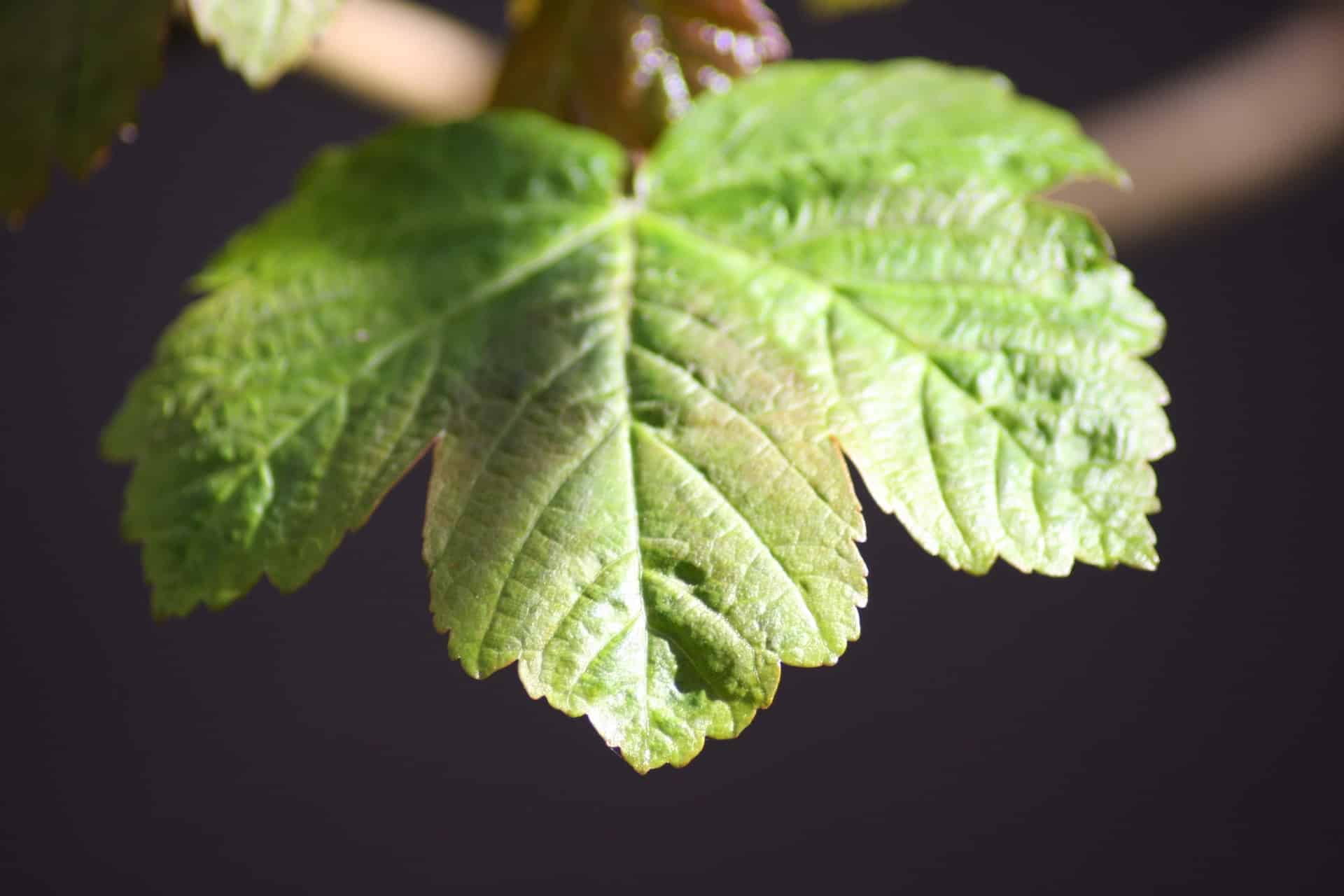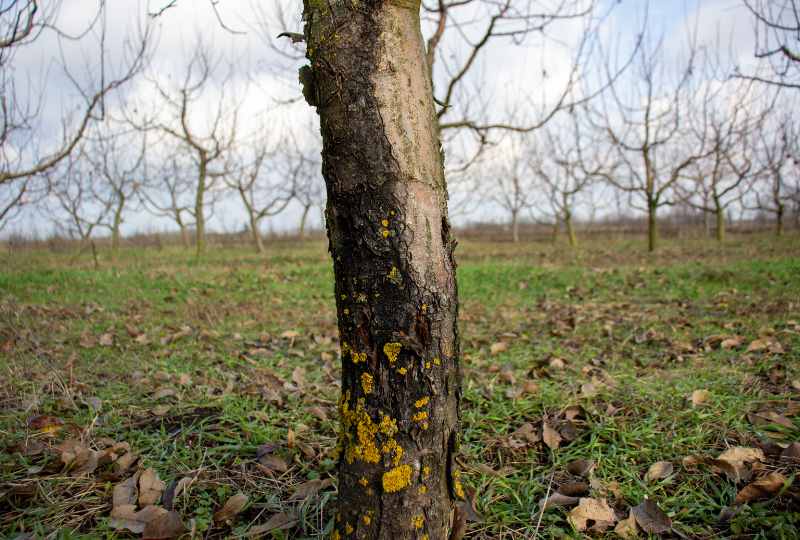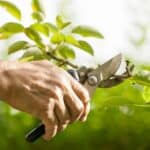Trees are an essential part of our ecosystem and enhance the beauty of our properties. However, trees are not immune to diseases caused by bacteria, fungi, or insects.
As a homeowner, it is crucial to recognize the signs of common tree diseases and how to prevent them so that you can ensure the health and longevity of these magnificent plants.
1. Leaf Spot Disease

Image Source: unsplash.com
Leaf spot disease is caused by fungus and shows up as small, brown, or black spots on tree leaves. These spots gradually expand, leading to leaf drop. To prevent leaf spot disease, rake and remove any infected leaves in the fall to reduce the chances of fungal spores overwintering.
Applying a fungicide on the tree according to label instructions may also help control the disease.
2. Powdery Mildew
Powdery mildew appears as a powdery, white growth on the trunks and leaves of trees. It stunts the growth of young trees and may cause leaf curling or distortion. Improve air circulation around the tree by regularly pruning and thinning branches. F=You can also apply fungicides to help control powdery mildew.
3. Dutch Elm Disease
Dutch elm disease, caused by a fungus, leads to the wilting and discoloration of leaves, eventually killing the entire tree. This disease spreads quickly through the elm bark beetles that transfer spores to healthy trees. Prune and dispose of dead, dying, or infected branches immediately. Keeping elm trees healthy and resistant to disease is essential; you can achieve this through proper watering, fertilization, and pruning practices.
4. Fire Blight
Fire blight is a bacterial disease affecting fruit trees such as apple and pear trees. It causes leaves to wilt, blacken, and curl, resembling burnt foliage, and spreads through infected pruning tools, water splashes, and insects. Consider planting resistant tree varieties and avoid planting susceptible fruit trees close together. Prune and destroy infected branches, and sterilize pruning tools before and after use to prevent disease spreading.
5. Verticillium Wilt

Verticillium wilt is caused by a soil-borne fungus affecting various tree species, including maple, elm, and ash trees. Symptoms include wilting, yellowing, and curling leaves that may progress to branch dieback. Verticillium wilt is challenging to control, but promoting tree health through proper fertilization and watering may help the tree resist or recover from the disease. Rotate tree species when replanting to avoid contamination.
To keep your trees healthy, it’s essential to know the signs your trees are suffering from insects and disease and monitor them regularly. Following a proper tree care regimen and taking preventative measures are the keys to minimizing the impact of common tree diseases and preventing them from wreaking havoc on your property. Ensure your landscaping remains in pristine condition for a beautiful yard.




Leave a Reply